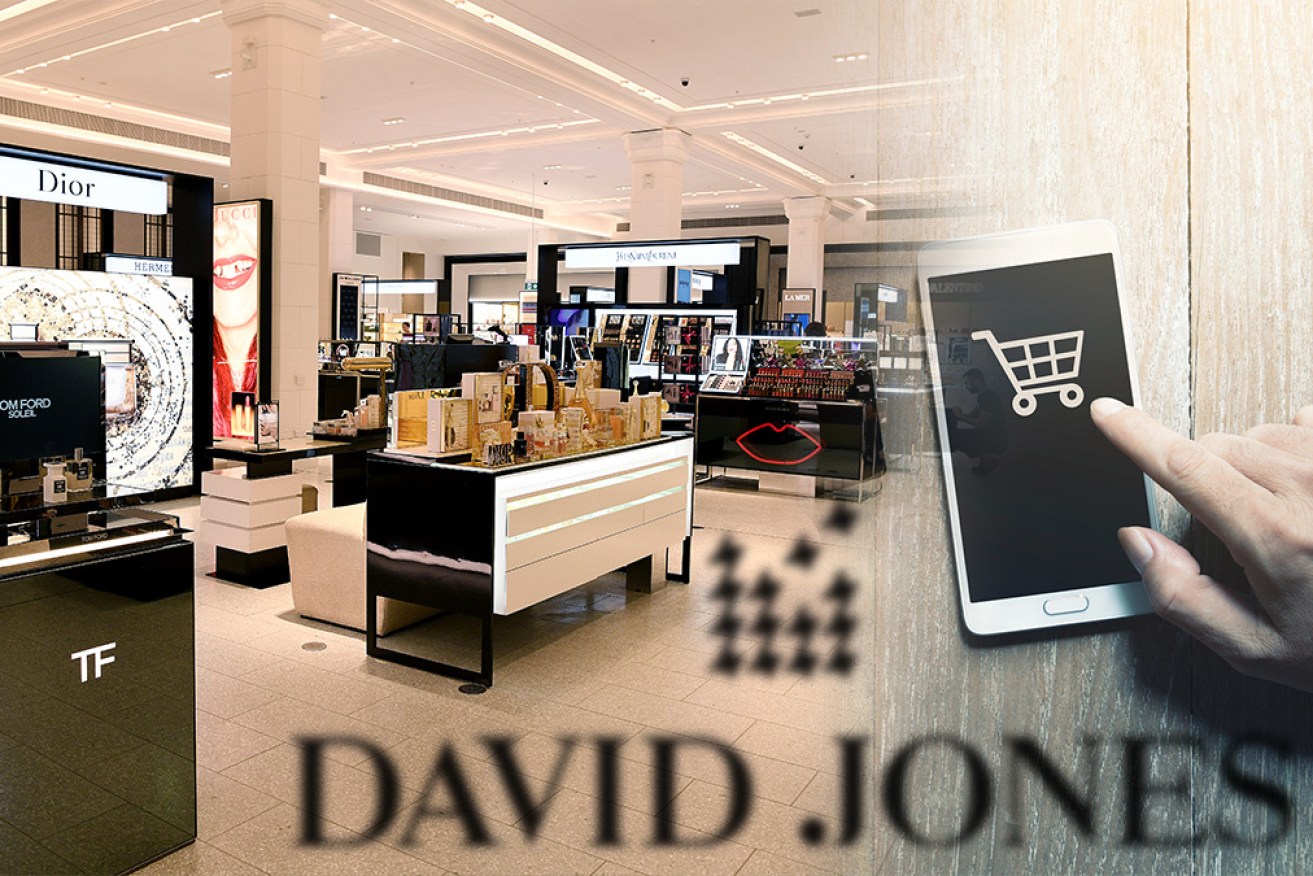Why David Jones will be closing suburban stores and putting on the ritz


Aims of exclusivity and the growth of the internet is shrinking David Jones.
David Jones has turned its back on the suburbs and everyday shoppers and is placing all its hopes for the future on a group of increasingly ritzy urban stores.
Speaking in South Africa – where its owners, Woolworths (not the local supermarket chain) is headquartered – CEO Ian Moir said “the future for department stores is really about accessible luxury, being an exclusive great destination where you can find an edited choice for you- that gives you an experience that you can enjoy.”
That means, instead of trying to please the masses, the focus is on a few ritzy shopping destinations. In DJs’ case that means focusing “on our gold tier stores – the top 12 stores. That’s the experience we want”.
Mr Moir didn’t specify which were the 12 stores he had hung his hat on but they will be on this list of 14.
If you live near a store that is not on this list, you could find you are losing your local. Mr Moir pledged he would cut 38,000 metres of floor space by 2022 and 96,000 square metres, or 20 per cent of the overall, by 2025.
Currently the group has 45 stores and about 40 of these are conventional large format. Steve Kulmar, a retail consultant with Retail Oasis, reckons that plan might see the group with 30 stores.
“If they cut more than 20 per cent then even more would go.”
The importance of those big central stores is highlighted by the fact that the flagship Elizabeth St store in Sydney, which is gradually reopening after an upmarket renovation, alone accounts for 15 per cent of total sales.
The Moir plan is all about re-imagining the DJs image up-market.
“David Jones is better placed to play that role than Myer, which has hustled and bustled itself round the mid-market so long it has lost the image of being a premium brand,” Mr Kulmar said.
There is a desperation in the upmarket move because margins are being hit. For the December half they were down 2.9 per cent, to 35.1 per cent.
“That’s a crappy margin for a premium department store. They buy on a 50 per cent to 60 per cent margin so they must be being pushed to discount heavily,” Mr Kulmar said, adding: “They should be earning about 40 per cent.”
Focusing on the top 12 will allow DJs to boost margins and “create the best available world experience for shopping,” Mr Moir said.
The move to exclusivity has seen the group do DJs-only deals with Sportscraft, Jag and Saba.
A major driver of the margin slump is, of course, the internet. The chart above, from US research group Emarketer shows, shows that while bricks and mortar retail is growing at low single digit levels in most Western countries, internet sales are expected to grow at 19 per cent this year.
DJs is making a big online push, with Mr Moir saying “online sales grew by 61.8 per cent and account for 10.4 per cent of sales. By 2025 we expect that to be 20 per cent and more than 50 per cent of our marketing budget is on digital platforms”.
However that target will put DJs behind the global average of 22 per cent by 2023. The online move is a life and death issue because “20 per cent of apparel is sold online now,” Mr Kulmar said.
“Overall online retailing accounts for 8 per cent of turnover and we expect it to be 15 per cent in five years,” said Russell Zimmerman, CEO of the Australian Retailers Association.
“But given food accounts for 40 per cent of the $325 billion retail sector turnover in Australia and online sales in food are low, the overall figure for non-food will be much higher,” Mr Zimmerman said.








